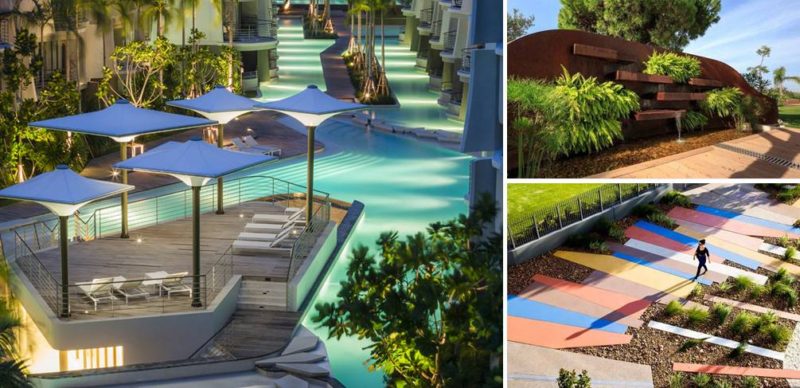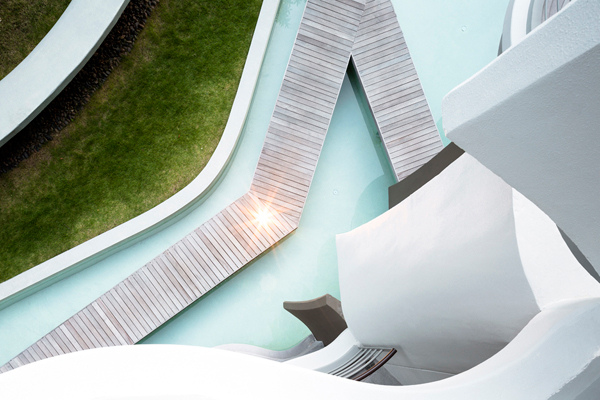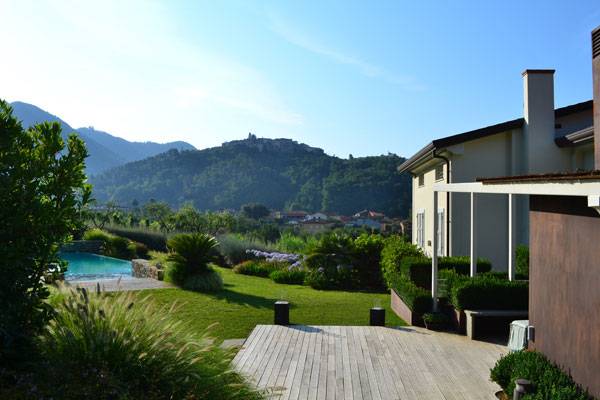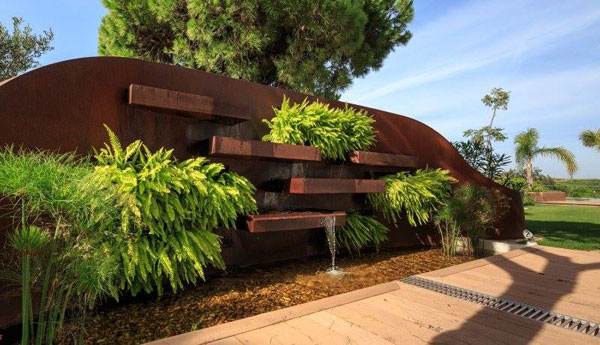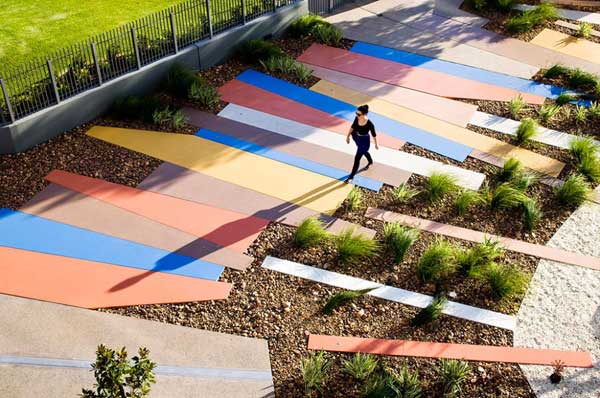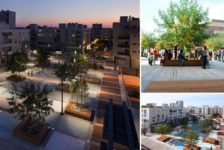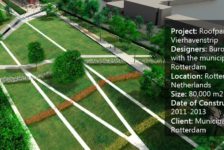Article by Erin Tharp We take a look at 5 incredible residential designs that enhanced the users living experience. For many landscape architects, designing a residence is viewed as simple, no-brain work. Plop down a few plants around the house, throw in a water feature and a path and you’re done. But is this really the way we should be viewing residential landscapes? After all, most people view their home as a place of refuge or a place to escape the world around them; perhaps if we viewed these residences with more pride and as a path to change the way people live then perhaps we could all change the world a little, one yard at a time. The following projects definitely changed the way their clients live but at the same time they also managed to change the way we will all want to live and inspire us as landscape architects to jump onto the residential bandwagon.
5 Residential Designs
1. Baan San Kraam by Sanitas Studio, in Cha-Am, Petchaburi, Thailand
Beachfront properties have always sold for a premium and are most times limited real estate, but what if a property could be transformed from having only a few beachfront units to giving the entire property waterfront views? That’s exactly what Sanitas Studio managed to do with the Baan San Kraam residential development in Thailand. The development is home to 13 buildings, but originally only two were going to have views of Cha-Am beach. In the end, though, designers were able to create a holistic setting for the entire property that mimics the seascape. So next time a client tells you they love the beach, give it to them – in their own backyard!
2. Contemporary Italian Garden – Private Residence, by Giuseppe Lunardini Landscape Architecture, in Ortonovo (Liguria), Italy
In school, we were all taught how to create outdoor rooms, but Giuseppe Lunardini Landscape Architecture perfected this concept with his contemporary Italian Garden in Ortonovo, Italy. While the house on the property is spectacular by itself, Lunardini was able to add 6,200 square meters of livable space by creating separate areas for a swimming pool, an outdoor kitchen, a defined entrance and a functional and beautiful parking area. Each space manages to have its own feel but all are cohesive due to the effective use of plants as structural elements and stone throughout the project. So, you have a client complaining that they want to entertain but the house just isn’t quite big enough, well then – give them some more rooms outside and expand their livable space.
3. Mediterranean Terrace, by Studio S.O.A.P, in Alassio, Italy
Another thing we all studied in school was Italian Gardens, and with good reason; Italian gardens are some of the most inspirational examples of landscape architecture out there. But what if you had a client that loved Italian gardens but didn’t have a yard? Well, hopefully you’d do what Studio S.O.A.P did with a terrace in Alassio, Italy. Inspired by the Italian Renaissance ideals of order and beauty, designers transformed a flat, blank terrace into a lush garden defined by symmetry and views of the Mediterranean Sea. All of the pieces are here to create an Italian garden; symmetry, water, evergreen, fragrant plants, and a distinct color scheme of white, blue and yellow. These components combine to form a delicately crafted Italian garden, but on a terrace instead of a yard.
Designing yet another terrace or rooftop garden? Find some inspiration and bring a little bit of Italian charm to whatever city you happen to be in.4. Vale do Lobo — Vila 1148, by Iúri Chagas, Algarve, Portugal
Sustainability is oftentimes a word not associated with a residential climate that is addicted to green lawns and irrigation systems. But it is possible to convince clients that being sustainable does not equate to an ugly landscape. In fact, Vila 1148 in Vale do Lobo, Portugal, by Iúri Chagas, is just the opposite. Here, lush plantings are sustained by a drainage system that connects to a rainwater collector and the lawn area is also minimized. Chagas was selective with the choice of plants, and only selected native species or plants that are well-adapted to the climate and thus require minimal care. So, the next time a client is dead set on that huge lawn, show them what their options are, and if they won’t give the lawn up, talk them into collecting rainwater instead of installing a typical irrigation system.
5. The Peninsula at Burswood, by Hassell Landscape Architects, cooperating with artist Stuart Green, Perth, Western Australia
Most urban developments rely on the infrastructure of the surrounding city to provide recreational opportunities for their residents. The Peninsula at Burswood by Hassell Landscape Architects in Perth, Western Australia, does just the opposite. Here, designers devoted more than 2.5 hectares to parks, gardens and community recreation areas within the development, ensuring that its 3,000 residents won’t have to go too far to enjoy the outdoors. The entire development is pedestrian friendly and includes places for community events, further promoting the idea that urban developments should be viewed as communities rather than just a group of buildings. Finally, to solidify the idea of community here, designers incorporated a main plaza and promenade; ensuring residents would have easy access to their beautiful surroundings. What’s the lesson here? Next time you find yourself working on a project that includes a group of buildings, be sure to leave space for residents to use and enjoy the outside too.
In the end, if you’re anything like me, the reason you became a landscape architect was to change the world and the way people live in the world. These projects all show that by changing people’s homes then we are also changing the way they live. If we are able to change these residences for the better, then we are making people’s lives better too. It’s a grand challenge, but one I’m sure we’re all ready to accept. Have you worked on a residential project that you feel changed the way the owners lived? Let us know in the comments below! Go to comments Recommended Reading:- Becoming an Urban Planner: A Guide to Careers in Planning and Urban Design by Michael Bayer
- Sustainable Urbanism: Urban Design With Nature by Douglas Farrs
Article by Erin Tharp
Published in Blog


